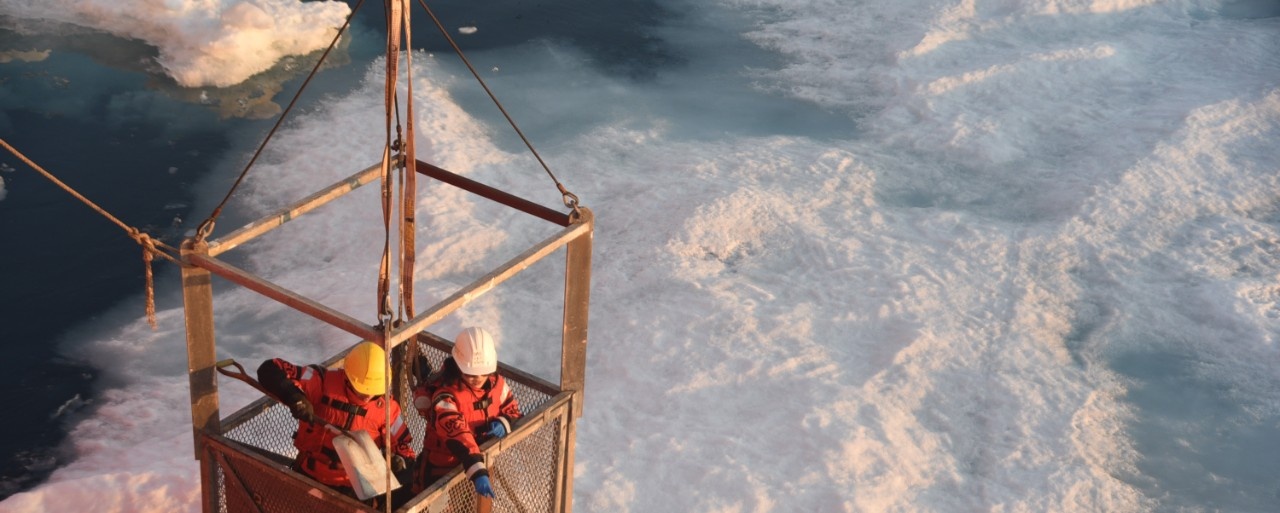EES PhD Candidate Lecture: Michael Powell, EES
Ph.D. RESEARCH SEMINAR
Michael Powell
Ph.D. Candidate
Department of Earth and Environmental Sciences
Ģ��AV
Title: High field strength elements in peraluminous granites
Abstract: High field strength elements (HFSE), classically constituted of Ti, Zr, Hf, Nb, and Ta, are among the most refractory and geochemically incompatible elements on the periodic table. As such, they are widely used in petrology to track melt evolution, interpret tectonic settings, and monitor fluid interactions. These elements are frequently included in lists of critical minerals, and all have ore deposits related to granitic intrusions, with Nb and Ta being highly concentrated in pegmatites ostensibly derived from peraluminous granites. While enrichment to economic grade of such elements is widely accepted to be the consequence of extensive fractional crystallization, there remain fundamental gaps in our understanding of how such extreme concentrations come to exist, especially regarding whether this process is purely magmatic. This thesis aims to answer three major questions: What role do ilmenite and rutile play in the fractionation and enrichment/depletion of HFSE and other elements in peraluminous granites? What phases are present in peraluminous systems and what are their proportions as crystallization progresses? What is the chemistry of a “highly evolved” melt, and how does this compare with modelled results and the compositions of natural pegmatites?
The first project consists of a suite of high-pressure, high-temperature experiments using a piston cylinder apparatus to measure partition coefficients between ilmenite and a peraluminous melt at temperatures of 1050°C, 950°C, and 850°C. Experiment run products are monomineralic ilmenite plus quenched glass. In one experiment, rutile was grown instead of ilmenite due to excess Ti in the starting material, permitting the measurement of rutile-melt partition coefficients at 1050°C. The second project aims to provide quantitative brackets on the mineralizing assemblages of peraluminous granites by calculating mineral modal proportions in a set of 55 samples from the South Mountain Batholith, NS. Spatially resolved major and minor element intensities are measured in thin sections using a benchtop micro x-ray fluorescence instrument to produce sample element maps. Element maps are translated into mineral maps by using a random forest supervised classification machine learning algorithm with the XMapTools software package. Finally, mineral maps and associated whole rock geochemical data can be plotted spatially across the batholith, enhancing our understanding of regional scale mineralogical-chemical zonation in granitic intrusions. Complementing these modal proportion derivations is a new, comprehensive trace element dataset for natural ilmenite and rutile crystals measured by laser ablation inductively coupled plasma mass spectrometry. The third project will study the chemical composition of late-stage melts by measuring the composition of melt pools generated during low-degree partial melting of granitic starting materials. Experiments will employ hard, insoluble, porous materials to produce a pressure gradient and provide an escape pathway for the silicate melt phase. Together, these studies will enhance our understanding of the mechanisms by which HFSE and other lithophile elements can become enriched in peraluminous systems.
Biography: Michael completed his Bachelor of Science with Combined Honours (B.Sc. H) in Earth Sciences and Biology, as well as a certificate in Geographic Information Science, at Ģ��AV in 2022. During his undergraduate degree he learned to conduct high-temperature, high-pressure petrology experiments under the supervision of Dr. Yana Fedortchouk with funding from the NSERC Undergraduate Summer Research Award (USRA) program. The experiments Michael conducted during his undergraduate degree contributed to the PhD thesis of Dr. Lydia Fairhurst and have been published in the Canadian Journal of Mineralogy and Petrology. Michael’s honours thesis was completed under the supervision of Dr. Lexie Arnott and focused on the trace element geochemistry of calcite veins in the Bermuda Volcanic Rise. His current research focuses on the differentiation of granites and their mineralization potential. Throughout his education Michael has dedicated himself to student leadership and teaching, having led both undergraduate and graduate student societies as president, and acting as a teaching assistant for 10 classes. Outside of the academy, Michael is an avid backpacker, chess player, long distance runner, weightlifter, and metalhead.
Time
Location
Milligan Room, 8th Floor Biology-Earth Sciences Wing, Life Sciences Centre, Ģ��AV
